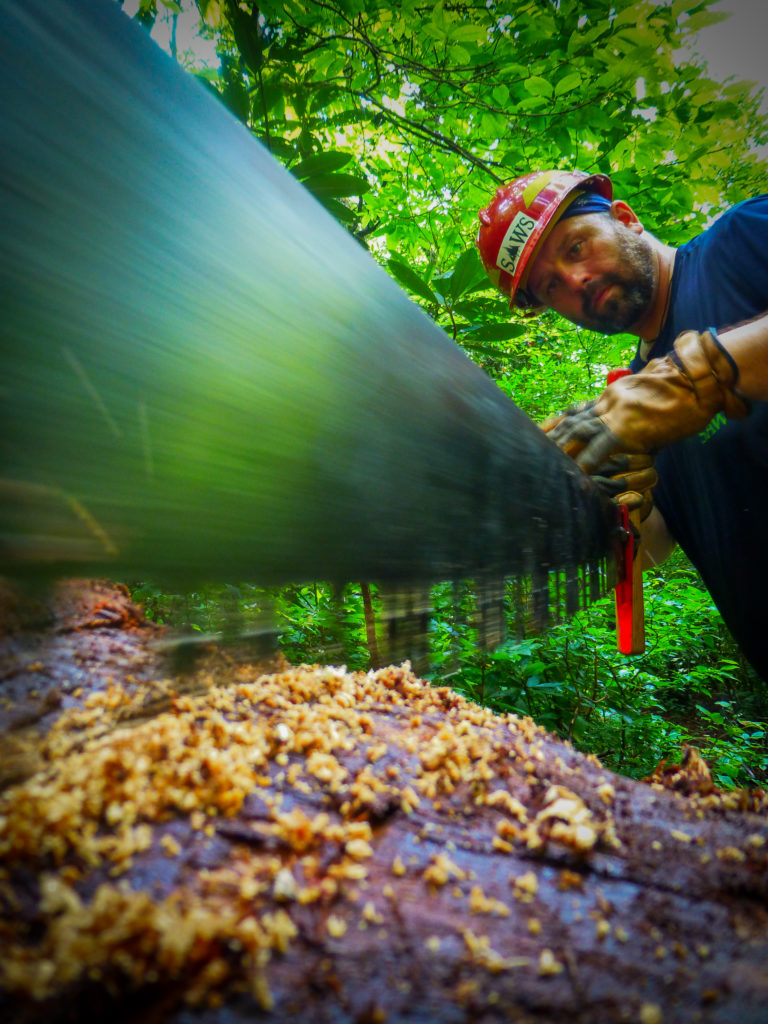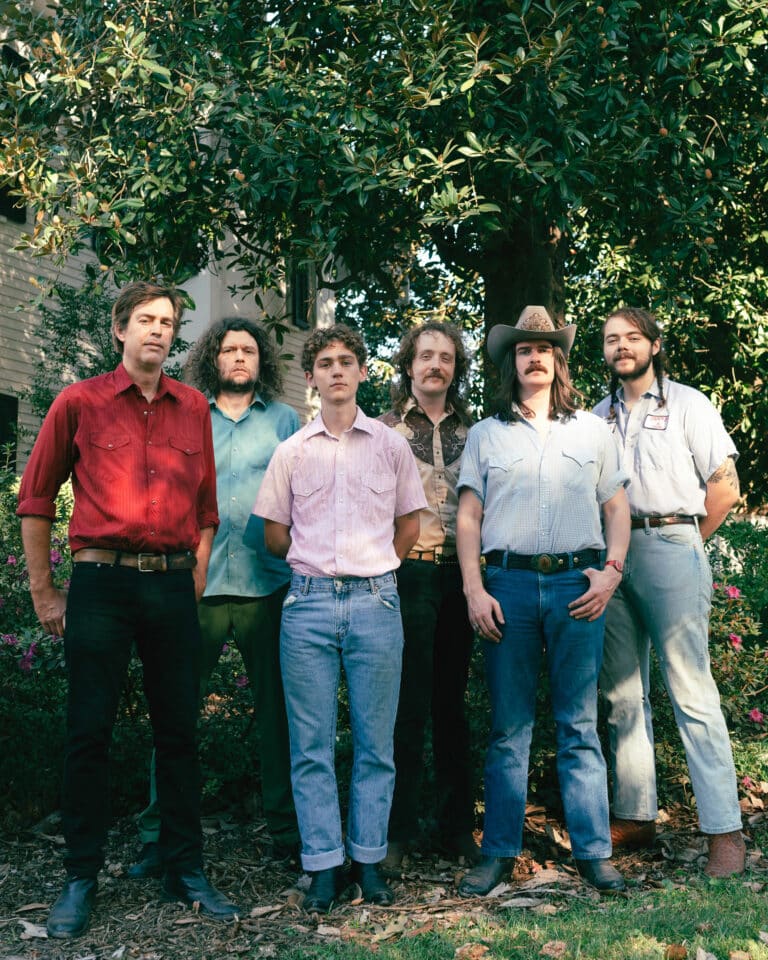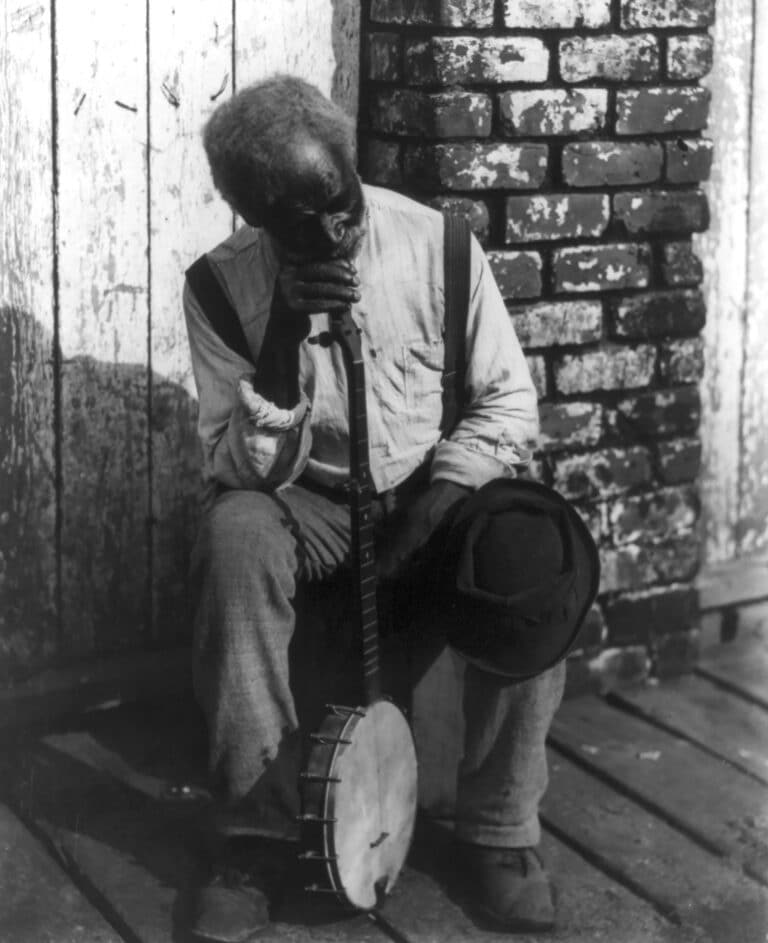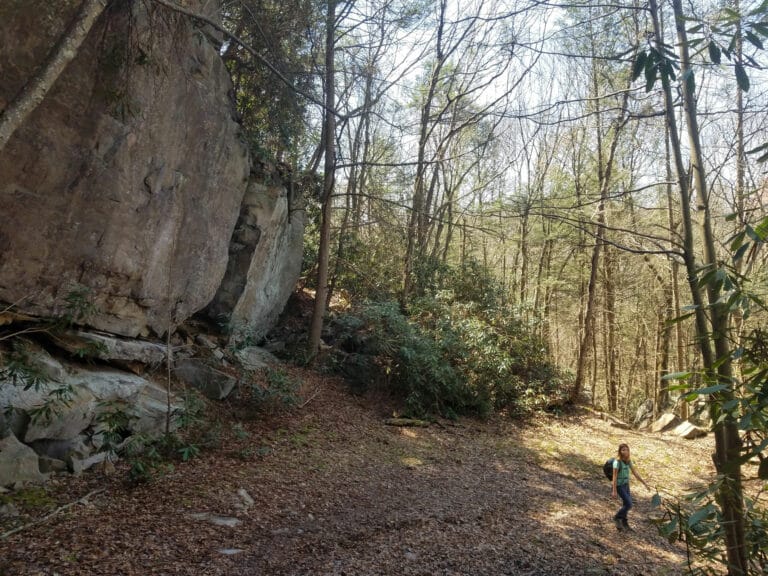The Tennessee Wilderness Act is the South’s Biggest Conservation Success Story of the 21st Century.
Here’s the Story Behind a 10-Year Effort to Protect Wilderness in East Tennessee
Bill Hodge knows that getting things done in government requires playing the long game. In 2009, he began working with Tennessee Wild, a coalition of conservation organizations that supported the permanent protection of land in East Tennessee. Among them were local hiking clubs, sportsmen, and outdoor enthusiasts—all with a common goal to protect the most pristine land in the state through wilderness designation.
Wilderness is the most powerful protection for public lands.
It includes, among other statutes, a prohibition against commercial enterprises, permanent road building, the use of motorized equipment, and the construction of permanent structures. These limitations are designed to preserve the character of Wilderness, but that doesn’t mean they make land management an easy proposition. As Hodge points out, “The Wilderness Act requires our humility.”
Only Congress can designate wilderness. Passing wilderness legislation first requires having a champion on Capitol Hill to introduce and guide the effort. Those that wanted to see six areas on the Cherokee National Forest become designated as wilderness had to build a groundswell of support.
The work began way back in the 1990s, when supporters encouraged the Forest Service to recommend six special areas as wilderness as part of the Cherokee National Forest Plan revision process. Tennessee Wild spent years of grassroots organizing more support for these areas.
In 2010, the first version of the Tennessee Wilderness Act was introduced by Senator Lamar Alexander (R- TN) and co-sponsored by junior Senator Bob Corker (R-TN). Senator Alexander has long championed public lands and their value to the Tennessee economy.
But even the support of two Republican senators was not enough.
After two failed attempts to pass legislation through a Senate-led strategy, the Tennessee Wild campaign realized that they needed help from the House as well. So Hodge met with Congressman Phil Roe of the 1st District. Roe describes himself as an avid hiker and outdoorsman, and his numerous summits of Washington’s 14,411’ Mount Rainier back up the claim. While he personally believed in the Wilderness designation, Roe had heard from some of his constituents who were against it. Winning his sponsorship would require winning over these groups.
Hodge was also surprised to find that a few of the most well-known outdoor organizations in the area were actually outspoken opponents to the wilderness bill. One such group was the Tennessee Eastman Hiking and Canoeing Club (TEHCC). TEHCC volunteers invest more than 13,000 hours in Appalachian Trail maintenance annually and preside over roughly 134 miles of the A.T., including a stretch that passes through the current Big Laurel Branch Wilderness. With the passage of the Tennessee Wilderness Act, another four miles of trail would become Wilderness, increasing demand on the organization. Maintaining trails in Wilderness is more difficult, since Wilderness prohibits the use of mechanized tools such as chainsaws and weed eaters.
Another hiking organization, The Benton MacKaye Trail Association (BMTA), was opposed for similar reasons. The group already had its hands full maintaining the 288-mile Benton MacKaye trail, which passed through eight different Wilderness or Wilderness Study Areas.
Trail maintenance organizations were right to be concerned.
Back in the 1980s, national environmental advocacy groups had clamored for Wilderness protections. When Big Laurel Branch and Pond Mountain won the designation in 1986, local stewardship groups like the TEHCC received promises of extensive help with trail maintenance that to this day have largely gone unfulfilled.
In an effort to win over the TEHCC, Hodge took over maintaining the stretch of trail that would fall within the proposed Wilderness addition. The club was grateful for the gesture but were not ultimately swayed. They said that the situation called for a more permanent solution. The TEHCC already had plenty of graying beards on the trail, and they wanted assurance that a younger crop of volunteers would someday step up to help.
The Next Generation
It was July 2010, and Hodge had just finished conducting a presentation at ETSU with conservation legend Doug Scott. In light of the environmental community’s reputation for drawing a line on a map, advocating aggressively, and then walking away, the pair of conservationists had spoken to the audience about how Wilderness was only possible with a supportive public. Advocacy is tremendously important, but it’s half the battle — stewardship is the other half, and it’s the one that rarely makes headlines.
As the two returned to Asheville from Johnson City, Hodge told Scott that he wanted to start a new organization, one focused on the day-to-day demands of stewardship — especially in places where the Wilderness designation prohibited the convenience of tools like the chainsaw. “We will focus on the Southern Appalachian Wilderness. And then I thought, ‘Wait a minute. S-A-W,” Hodge said. “Doug put the word Stewards on the end, and the idea for SAWS was born. Since our iconic tool is the crosscut saw, the acronym was a fitting accident.”
The day after the brainstorming session on the road, representatives from around 40 different organizations in the Appalachian region, including the Appalachian Trail Conservancy and the Southern Appalachian Forest Coalition, convened at Montreat college for the first Wilderness Trails Summit. Hodge proposed the idea of SAWS, describing it as “an organization whose mission is to foster a connection between public lands and the next generation of stewards.”
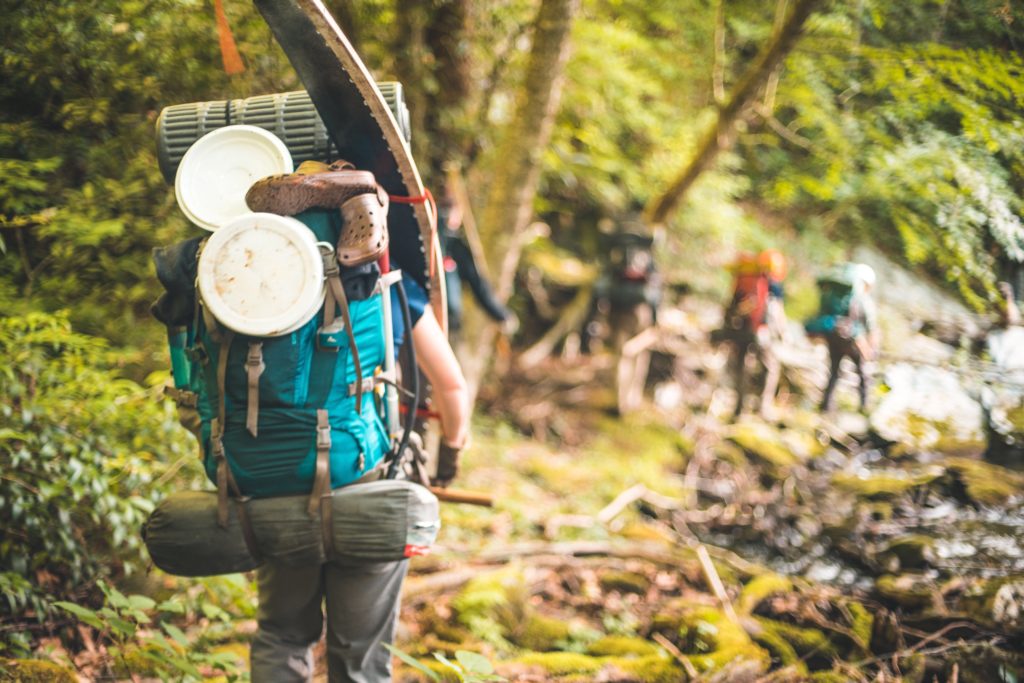 A few months later, SAWS was a reality.
A few months later, SAWS was a reality.
By 2011, the first SAWS Wilderness field crews and Wilderness rangers were heading into the Wilderness to go to work. SAWS also joined forces with the Appalachian Trail Conservancy and the United States Forest Service to launch the Wilderness Skills Institute, a traditional tools and Wilderness skills training platform.
A few years after the formation of SAWS, the TEHCC changed their position on the new Wilderness designation. True to his word, Congressman Roe introduced a House bill. Since then, SAWS has also kept up its end of the bargain, meeting vital trail maintenance and wilderness stewardship needs in the Southern Appalachian region. SAWS is an organization that has grown to serve 65 Wilderness areas across seven states.
In 2014, Hodge was recognized by former President Obama with the “Champion of Change” award for his role as the organization’s director and “efforts to engage communities and youth in environmental stewardship and conservation.” SAWS had become a powerful force, and by 2018, employees and volunteers would log 35,000 hours of stewardship.
Preserving East Tennessee
In December 2018, the Tennessee Wilderness Act was included as a provision in the $867 billion Farm Bill, a rare bipartisan effort. The Farm Bill cleared the House by a vote of 369 to 47 and passed in the Senate with an 87 to 13 vote. It was signed into law by President Trump on December 20.
An additional 19,556 acres of east Tennessee’s Cherokee National Forest earned Wilderness designation. The Upper Bald River Wilderness area is a new, 9,038-acre tract in Monroe County, and the remaining land included expansion of five existing Wilderness areas, specifically Joyce Kilmer/Slickrock, Big Frog, Little Frog, Big Laurel Branch, and Sampson Mountain.
Holding together a coalition, building first grassroots support, and then leadership support, had many close calls and ‘could have been’ moments. With more wilderness to protect, SAWS is already recruiting for a new crop of future Wilderness leaders, with hiring underway for 2019.
“The designation of a special place as a part of the National Wilderness Preservation System is just the beginning,” Hodge said. “The future of Wilderness designation and Wilderness preservation depends on a public that values not only the places within the system, but the ideas behind the Wilderness Act.”
So far, Congress has designated over 110 million acres of Wilderness since the passage of the Wilderness Act of 1964, representing less than 5 percent of the total landmass of the United State. Almost half of this land is in Alaska, meaning Wilderness makes up just 2 percent of the lower 48 states.
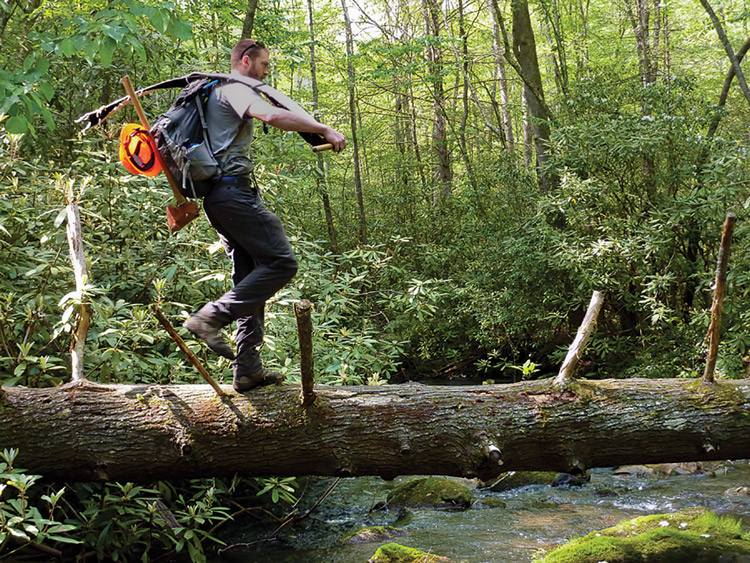
Wilderness Champion: Three Questions for Bill Hodge
BRO: Most folks would have given up after the bill failed to advance the first time, or the second time. How did you persevere for over a decade? What kept you going?
HODGE: How could we not advocate for these special landscapes? The ten years were a roller coaster, but for so many in this effort, they had been on that ride since the 1970s. I have spent a great deal of time in the Upper Bald River Gorge, and every time I would leave and come back from being in that special place I was energized. I wanted to leave that feeling of being in that place for my son, for future generations of Americans to experience the headwaters of that river – to experience the solitude that being deep in a place can provide. Pure love of place is what fueled my personal drive to see this through.
BRO: Was there ever a moment when it looked like the bill was dead? How did you keep it alive?
HODGE: There were some moments in 2015 that it felt dire. We never lost our champions, but a small, aggressive, and misinformed group began an effort to stop the campaign. The tactics involved spreading fear of lost hunting rights and ‘outsiders’ changing things. No amount of conversation on the actual facts of the bill would change these folks – and their actions not only became aggressive, they became violent. The loud voices were able to influence Chuck Fleischmann, 3rd District Congressman from Chattanooga, and while he had never been a champion of wilderness, his galvanized opposition became a challenge.
There was a feeling of ‘just keep doing the work,’ but this last introduction of the bill in 2018 started to feel like we might be running out of time. We knew Bob Corker was leaving the senate and he had been a real champion. The mood of the country had shifted, and getting anything done in Congress was feeling like a long-shot.
So many people across Tennessee just kept up the drumbeat, and we kept delivering the message. We explored multiple vehicles to help get the bill included, and at each step, if we found a wall we would look for another path. Senator Alexander and his staff worked with us with increasing passion as 2018 came to a close. If the Farm Bill had somehow failed to be our vehicle, we had other options that thankfully we didn’t have to use.
BRO: How and why did this bill pass right now, in a rather unlikely political climate?
HODGE: It passed now because so many people did so much work over multiple decades, and because all Americans value wild places as a part of our country’s heritage. Wilderness is non-partisan, and our polling showed our congressional champions that there was broad support.
The protections faced obstacles dating all the way back to the 1970s, but folks never lost sight of why these places deserved to be a part of the National Wilderness Preservation System. I am proud to say that the bill passed also in part because of the hard work of the team at SAWS proving that stewardship is advocacy, and that connecting people to place has real power in generating action. Protections like this take hard work and a long time, a long time like across a generation—but here we are—protections in place for some really special landscapes.

